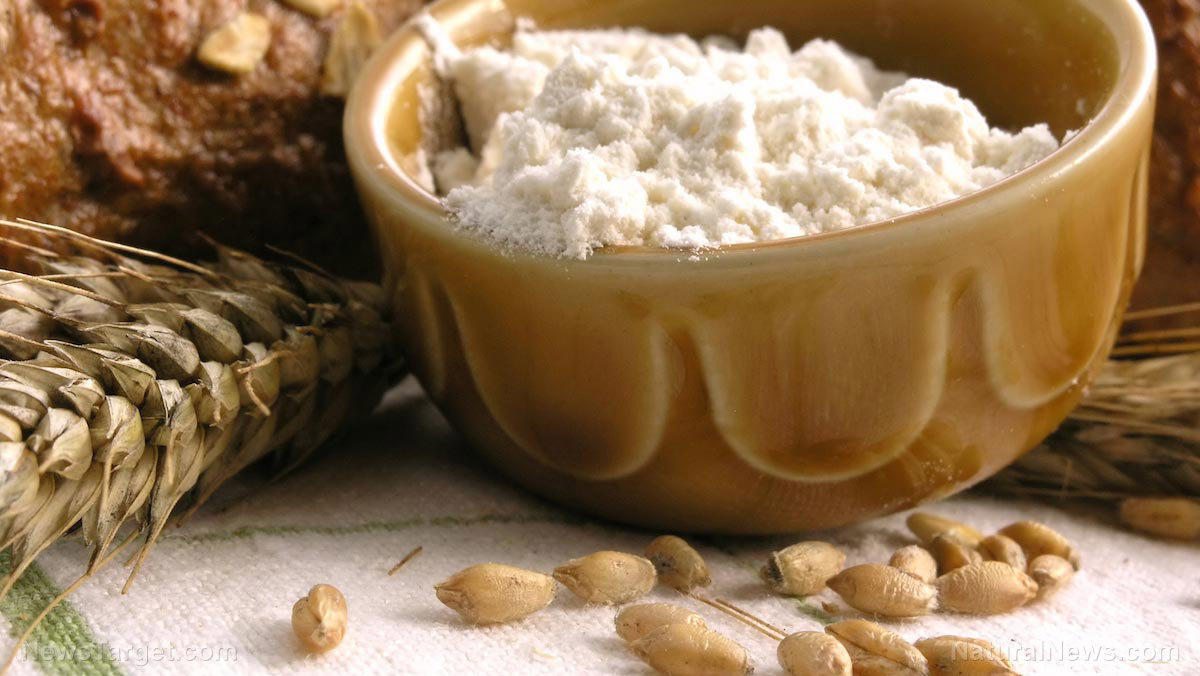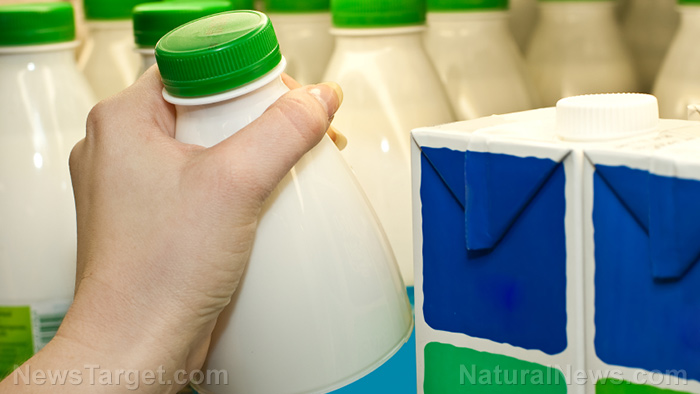Prepper must-haves: Securing your water supply before disaster strikes
By virgiliomarin // 2021-04-19
Tweet
Share
Copy

Ensuring you have adequate water supply is an absolute must if you wish to make it through a disaster. For starters, you will not last a few days if you don't drink enough water. Additionally, you need to get rid of dirty dishes, wash your hands and deal with human waste, among other things.
So it's important to secure your water supply before disaster strikes. Here's what to do to make sure that you have enough clean water to survive SHTF: (h/t to BeansBulletsBandagesAndYou.com)
Storing water
Preppers recommend storing at least a gallon of water per person for each day of crisis. For that amount, you can simply take a container, fill it up with potable water and stash it somewhere clean and dry. Alternatively, you can buy cases of bottled water and store them inside closets or under beds. You can also fill up your bathtub to store water. Granted you can't drink bathtub water even after scrubbing the tub clean, but you can use it for a host of other things such as washing dishes and cleaning up after using the bathroom. The upside is that a bathtub is spacious and is already installed someplace in the house. Meaning, you don't have to worry about space. You can also look into hidden water reservoirs at home, such as built-in water heaters. On average, around 40 gallons of water are stored at nearly every American home without homeowners even noticing it. Check these gallons of water out so you have extra supply during a disaster. Make sure that the heater is turned off when draining and remember to keep it off until services are restored and the heater is full again.When SHTF lasts longer than your water supply
So you have stored water at home, but is it enough for long-term disaster scenarios? The biggest challenge with water storage is that it's difficult to determine how long a disaster will last. And even if you can predict the duration of a disaster, how can you store massive amounts of water for prolonged scenarios? Your best bet is to have multiple methods of purifying water from "wild" sources such as streams, lakes and seas. A foolproof technique is boiling, but you also need a backup plan in case you run out of gas, power or firewood. Consider alternative methods such as the use of purification tablets and desalination. (Related: Do you have a safe source of water for a SHTF situation? Top 5 water purification mistakes.) You can also catch rainwater by using the rain gutter on your roof to direct it to a large container. Just an inch of rain collected in a 1,500 square foot roof will provide you hundreds of gallons of water. But be sure to purify it before drinking to get rid of the germs and debris that it may have accumulated on its way down through the gutter. If you have no rain gutter at home, consider building your own rainwater collection system. You can easily dig a hole, cover it with plastic and let rain collect into a container you've fitted into the hole. Water is absolutely critical for your survival because you need it to hydrate your body and keep your surroundings clean. Store water at home and explore methods of sourcing and purifying water to be prepared for a disaster. Sources include: BeansBulletsBandagesAndYou.com UrbanSurvivalSite.com SkilledSurvival.comTweet
Share
Copy
Tagged Under:
preparedness water prepping survival SHTF prepper water purification tips water supply gear disasters survivalist Water safety clean water potable water how-to fresh water water storage
You Might Also Like
Disaster preparedness: 4 Levels of disasters and how to prepare for each one
By Divina Ramirez // Share
Pantry must-haves: Flour shelf life and proper storage tips
By Joanne Washburn // Share
12 Homemade pest control ideas for your kitchen and home garden
By Zoey Sky // Share
7 prepping projects that you can work on this spring
By Arsenio Toledo // Share
Survival cooking: 4 tasty squirrel recipes you’ll love
By Joanne Washburn // Share
Recent News
The mind-gut link: How overthinking can weaken your body
By willowt // Share
Global arms industry hits record $679 billion revenue amid rising conflicts
By kevinhughes // Share
The hidden gut crisis: Science-backed solutions to end constipation for good
By patricklewis // Share











